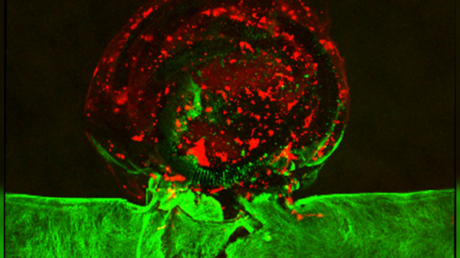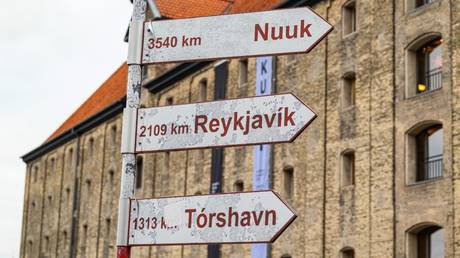
For the first time, researchers have 3D printed a ‘living’ model of an aneurysm outside the body, using human brain cells. The breakthrough could one day assist brain surgeons in both training and high-risk decision-making.
An aneurysm occurs when a bulge or bubble develops at a weak point in a given blood vessel, which can take place in the heart or brain. The weakened wall can eventually rupture, with catastrophic and life-threatening consequences for the patient.
Given the highly sensitive and delicate areas in which aneurysms take place, they are often extremely difficult to both find and treat.
As a potential solution, researchers at the Lawrence Livermore National Laboratory (LLNL), including scientists from Duke University and Texas A&M, have created an external, artificial replica which mimics the particular environment in which aneurysms occur.
The 3D-printed aneurysm-shaped structure is made of hydrogel to which human brain cells called hCMEC are introduced, which then spread out and line the walls of the structure, creating a “living” aneurysm for doctors to examine and work on.
One in every 50 Americans are affected by brain aneurysms, according to the researchers.
At present, the main methods for treating an aneurysm, assuming doctors can find it in time, is to stop blood flow to the affected area, to prevent a possible rupture.
One method, called surgical clipping, involves removing part of a patient’s skull and clamping the aneurysm with a tiny metal clip.
The other, endovascular coiling, is extremely delicate and involves inserting a catheter into an artery in the groin before it is carefully threaded through the body to the site of the aneurysm, at which point a reinforcing coil is fed through the catheter and deployed to reinforce the vessel wall.
“We looked at the problem and thought that if we could pair computational modeling and experimental approaches, maybe we could come up with a more deterministic method of treating aneurysms or selecting treatments that could best serve the patient,” said Lawrence Livermore National Laboratory engineer and senior author William Hynes.
The LLNL team then pumped blood plasma taken from cows through the structure and conducted a successful endovascular coiling operation, with a clot forming at the intended site.
Though artificial aneurysms have been produced before, all were missing living human tissue to add more realism and complexity to examinations.
However, the researchers caution that it will likely be a long time before this particular 3D printed living aneurysm will be ready for use by medical professionals in the field.
The team are continuing to work on producing more accurate computer modeling of blood clots in three dimensions, with a view to refining their artificial ‘living’ aneurysm structures and better replicate the kinds of stresses placed on the walls of blood vessels.
Real-world patient brain scan data will be fed into the computer model on an ongoing basis to further improve the accuracy of the system.
Despite this, the research provides hope for cutting the time taken to decide upon and approve life-saving surgical procedures which would improve survival rates and patient outcomes around the world through more personalized surgical interventions.
Think your friends would be interested? Share this story!




